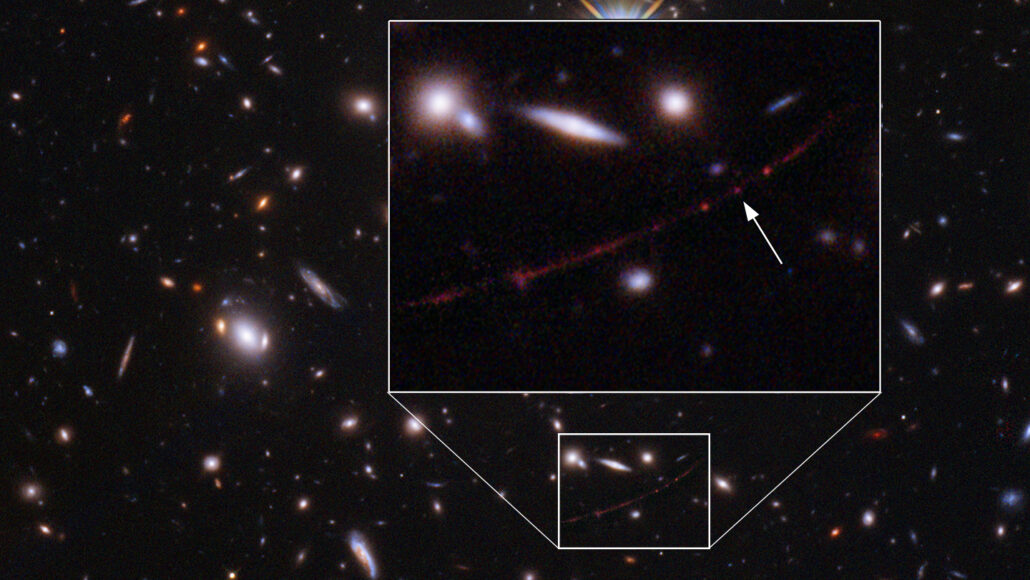arc: A curve, often mapping out what appears to be part of a circle.
astronomer: A scientist who works in the field of research that deals with celestial objects, space and the physical universe.
Big Bang: The rapid expansion of dense matter and space-time that, according to current theory, marked the origin of the universe. It is supported by astronomers’ current understanding of the composition and structure of the universe.
colleague: Someone who works with another; a co-worker or team member.
cosmos: (adj. cosmic) A term that refers to the universe and everything within it.
focus: (in physics) The point at which rays (of light or heat for example) converge sometimes with the aid of a lens. (In vision, verb, "to focus") The action a person's eyes take to adapt to light and distance, enabling them to see objects clearly. (in behavior) To look or concentrate intently on some particular point or thing.
galaxy: A group of stars — and usually invisible, mysterious dark matter — all held together by gravity. Giant galaxies, such as the Milky Way, often have more than 100 billion stars. The dimmest galaxies may have just a few thousand. Some galaxies also have gas and dust from which they make new stars.
galaxy cluster: A gathering of many galaxies held close to one another by gravity.
gravitational lensing: The distortion of light by an intense gravitational force, such as what can be exerted by a supercluster of galaxies — the most massive things in the universe. The gravity can bend or focus light, making it appear brighter and in one or more different places in the sky.
matter: Something that occupies space and has mass. Anything on Earth with matter will have a property described as "weight."
Milky Way: The galaxy in which Earth’s solar system resides.
star: The basic building block from which galaxies are made. Stars develop when gravity compacts clouds of gas. When they become hot enough, stars will emit light and sometimes other forms of electromagnetic radiation. The sun is our closest star.
sun: The star at the center of Earth’s solar system. It is about 27,000 light-years from the center of the Milky Way galaxy. Also a term for any sunlike star.
telescope: Usually a light-collecting instrument that makes distant objects appear nearer through the use of lenses or a combination of curved mirrors and lenses. Some, however, collect radio emissions (energy from a different portion of the electromagnetic spectrum) through a network of antennas.
universe: The entire cosmos: All things that exist throughout space and time. It has been expanding since its formation during an event known as the Big Bang, some 13.8 billion years ago (give or take a few hundred million years).








